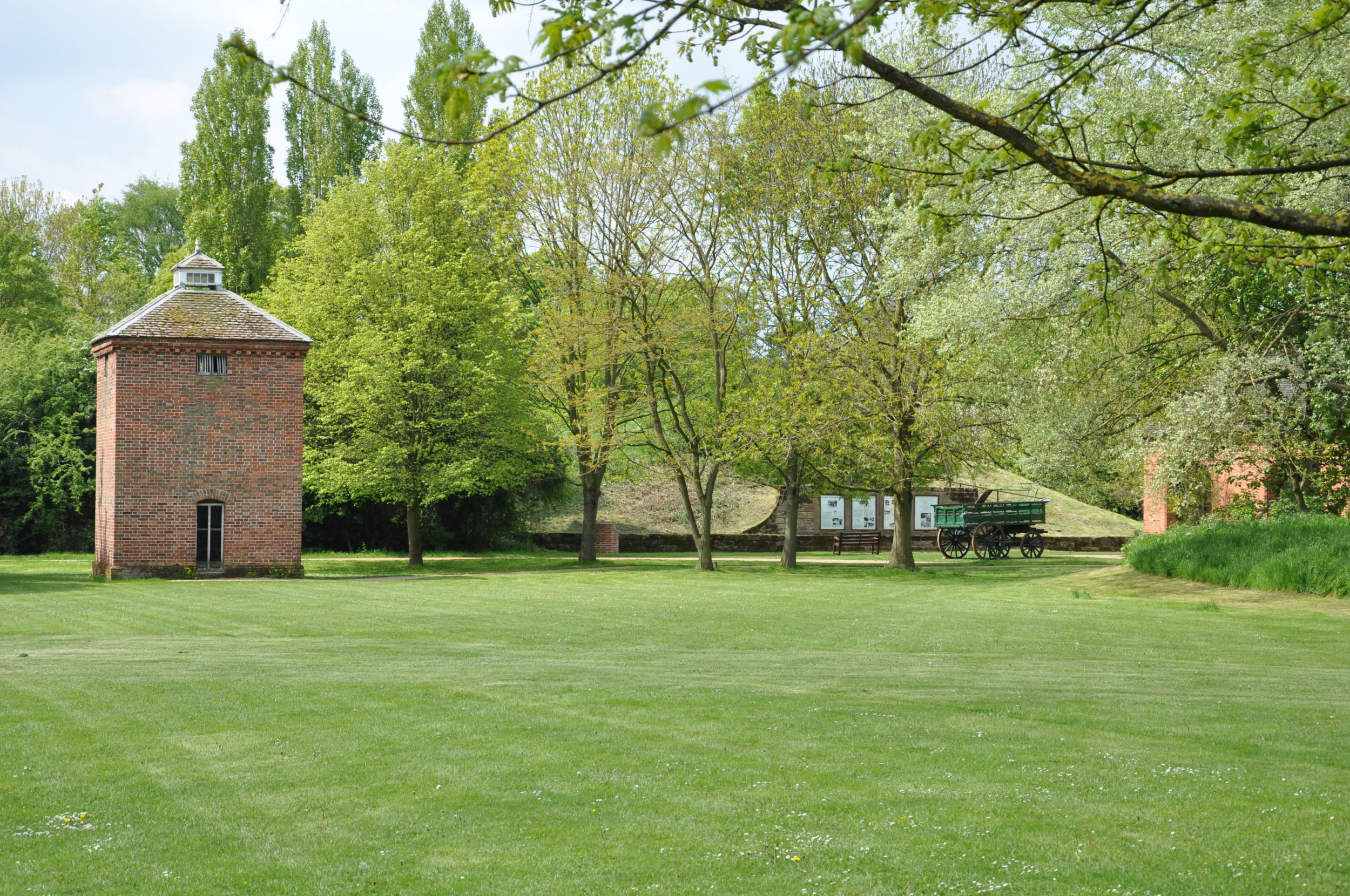They might be the best known in the west Midlands, but Birmingham and Black Country dialects are by no means the whole story of the region. The wider area is home to an extraordinary range of dialect variation. The Survey of English Dialects (SED) fieldworkers found a wide variety of words across the west Midlands’ five counties.
The phrase round the Wrekin, meaning ‘the long way round’, refers to a high hill named the Wrekin in eastern Shropshire. It can be seen for miles around, and likewise the use of the phrase stretches across the west Midlands. The Wrekin also features in folklore relating to health collected by Survey fieldworkers in the west Midlands. One informant from Kinnersley in Shropshire told the fieldworkers that climbing to the top of the Wrekin was a trusty cure for a cough. Speaking of coughs, a doctor from Warslow, Staffordshire warned that, “you won’t get out on it till cuckoo sings”, meaning you won’t get rid of the whooping cough until you’ve heard the song of a cuckoo.
In south Worcestershire and Herefordshire, pronunciation can sound quite ‘West Country’, and many words are shared with neighbouring Gloucestershire. For example, bussocking was a word for coughing found in Herefordshire and Worcestershire, but also in Gloucestershire and Monmouthshire.
The Survey of English Dialects fieldworkers who visited Herefordshire and Shropshire found many dialect features in these two counties that are typical of Welsh English. One wrote in his notes that in Lyonshall, just four miles from the border with Wales, ‘intonation is strikingly Welsh’ and ‘most local families have Welsh names’. In Kinlet, Shropshire, the word ‘tidy’ (meaning good or impressive) was used. Even if you’ve never been to Wales, you might recognise that one from the television programme Gavin and Stacey!
In Staffordshire, meanwhile, the SED fieldworkers found words shared with northern counties. For example, lumpy toms is a Staffordshire word for porridge or oatmeal that was also recorded in neighbouring Derbyshire and Cheshire. One informant from Alton in Staffordshire recited the following poem about the dish:
“The rosiest cheeks,
And the fattest bums,
Are them as are fed,
On lumpy toms.”
The fieldworkers also came across the word luggy in Staffordshire, meaning tangled or matted. This is also common in Yorkshire and other parts of the north of England.
So, depending on which part of the west Midlands you visit, you might come across dialect features also to be found in the north of England, the West Country, or Wales! This is a good reminder that dialects tend not to respect the lines on a map.
On their travels around the country, the fieldworkers collected lots of dialect words for flora and fauna. In Worcestershire alone they recorded six different words for goosegrass (the pesky garden weed that sticks to your clothes) including hairif, sweethearts, cog-wheels, and knot-grass. In Shropshire, as in some other English counties, a woodpecker is sometimes known as a yaffle.
One fieldworker for the Survey, Donald Sykes, found an unusual word for a pigeon in the region: in Herefordshire and Worcestershire, a pigeon is also known as a quist. Speaking of pigeons, Avoncroft Museum’s collection of historical buildings contains a 17th century Dovecot, a building specially designed for keeping pigeons, which were an important source of food in medieval England. These photographs show the exterior of the building (the timber framed structure was enclosed with brick in the 18th century), and the interior showing the timbers with the nesting boxes. If you look closely, you can see a few pigeons too!


